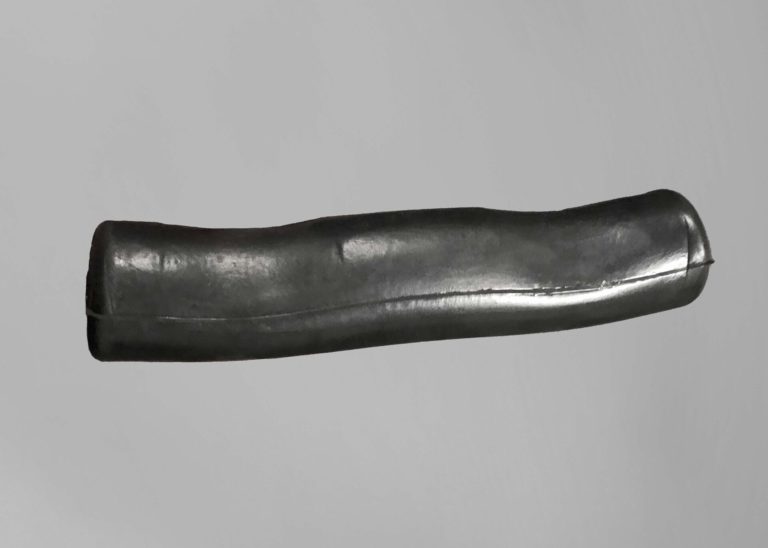
JÄGER Business Blog


WHITEPAPER
Find out which factors influence your SOP!
Rubber spring elements are used in agricultural engineering, especially on machines for soil cultivation. In disc harrows, they form the pivot joint between the rigid machine frame and the movable disc arm on which the metal discs are pulled through the soil. Rubber spring elements ensure that the hard shocks generated by inhomogeneous soils (e.g. stones present in the field) are decoupled from the machine frame. They also increase the soil contour tracking capability of the individual discs. They are therefore of high value for the reliability and lifetime of an agricultural machine.

Rubber spring elements for disc harrows are produced all over the world by specialized suppliers. Jäger Gummi und Kunststoff, for example, has developed special rubber spring elements based on a high-performance elastomer compound together with several European OEMs of soil cultivation technology. These elements have proven themselves in the field for years and are permanently being further developed.
Some time ago, a mechanical engineering company approached the Jäger team in this regard. It was initially a loose inquiry in which the company provided relatively little information on the functional requirements as well as the material specifications relevant for its rubber spring elements. In addition, it specified a low target price, which – according to the first impression – could not be realized without restrictions regarding material quality.
The customer provided a sample of its previous component for testing. Jäger examined the component both in the in-house test rig for rubber spring elements and in the physical-chemical laboratory. The focus was on functionally relevant physical properties such as rebound, compression set and tear resistance. In a second step, Jäger tested the fully assembled components on a test rig that simulated real-life field use over several weeks.
The laboratory and test rig results were unsatisfactory. The actual function of the rubber spring elements, which are arranged around a square tube to form the swivel joint and are supposed to return the deflected disc arm after the application of force (e.g. by a stone in the field), was not given. The identified malfunction of the rubber spring element was due to the poor physical properties of the elastomer material. The permanent deformations of the disassembled rubber spring element suggested poor compression set. Laboratory testing substantiated this hypothesis. Among other things, the component contained a high proportion of fillers, which had a negative effect on the mechanical properties of the elastomer compound.
Despite these test results, the mechanical engineering company continued to work with the supplier of the sample component. This decision, which subsequently caused major problems, was initially quite obvious from the company’s point of view. It was caused by the interplay of various factors that occur again and again in the rubber and plastics sector:
Six months after the initial inquiry, the agricultural machinery manufacturer contacted Jäger Gummi und Kunststoff again. As feared, the rubber spring elements installed in the agricultural machinery failed after a short time. This resulted in numerous returns from the market worldwide, which not only caused the company immense costs, but also damaged its reputation.

Due to the existing damage case, the agricultural machinery manufacturer decided to resume the development of the rubber spring elements. In close coordination with the material experts from Jäger, the requirements for the material were precisely defined and a high-quality elastomer compound was adapted to the functional needs of the component. By means of an intelligent tooling concept, prototypes could be produced and extensively tested at short notice.
This care paid off for the agricultural machinery manufacturer in the end. Together with Jäger, the manufacturer designed a spring element that is suitable for the demanding work in the field and is still being installed in numerous other agricultural machines today. The feedback the company receives from the market is now positive again.

Whitepaper: Secure the Start of Production
Learn which factors influence your SOP!

Lukas
Grünig supports OEMs from the agricultural machinery technology sector in the
development of components made of rubber and plastic. Since 2020, the graduated
mechanical engineer has been working for Jäger as a cross-location industry
manager in the field of agricultural technology.
Share this post!
Jäger Gummi und Kunststoff GmbH
Lohweg 1
30559 Hannover
Tel. +49 511 – 53580
Fax +49 511 – 553394
info@jaeger-gk.de
Management:
Dr.-Ing. Andreas Jäger und
Julius Jäger
Hanover Register Court HRB 59798
DE 813 314 161